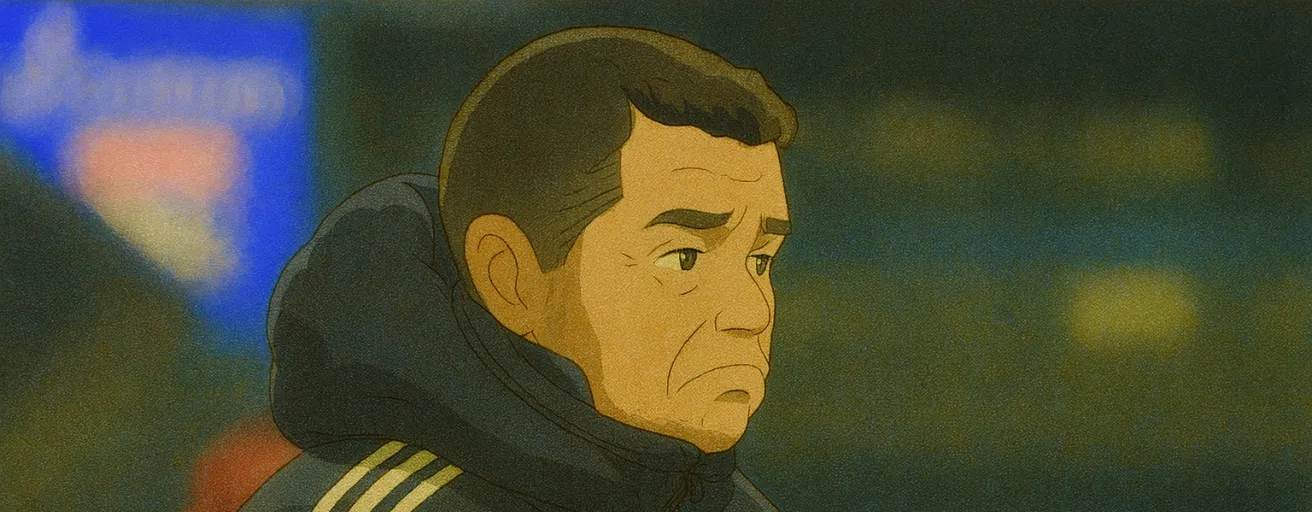
Pierre Sage
Pierre Sage, the architect of possession and pressing, has reignited Lens—his adaptable 3-4-3 could challenge OM’s ambitions if we’re not tactically sharp.
Pierre Sage, currently at the helm of RC Lens, has quickly emerged as an intriguing presence among Ligue 1 managers—with results that invite cautious attention from Olympique de Marseille’s perspective. While not an elite name globally, his résumé shows a distinct capacity to elevate struggling teams.
A Genuine Competitor in Domestic Coaching
Sage’s turnaround at Lyon in 2023-24, rescuing them from relegation and finishing sixth against significant odds, positions him as a genuine competitor in the domestic coaching landscape. While his rapid departure from Lyon had less to do with sporting merit than political headwinds, the fact remains: Sage is effective, methodical, and, in the right environment, disruptive to OM ambitions.
Tactical Preferences
- High-possession, intense football
- Fluid 3-4-3 or 3-5-2 formation
- Aggressive pressing and rapid regaining of the ball
At Lens, he has immediately sought to move away from the previous regime’s cross-heavy attack, instead privileging intricate buildup and control through central combinations. His teams stretch the field with wing-backs, operate with measured verticality, and defend with collective urgency.
Challenges for Olympique de Marseille (OM)
For OM, Sage’s arrival at Lens alters the tactical equation. His attacking philosophy, while dogmatic in possession, is functional rather than flamboyant—more about squeezing errors from the opposition than overwhelming them with brilliance.
Opportunities and Threats
- Pressing triggers and quick transitions can stress a less resilient Marseille midfield.
- His preference for a trio at the back creates opportunities for wide overloads.
- In-game adaptability poses strategic preparation challenges.
Human-Centric Management
Sage’s human-centric management style—emphasizing emotional intelligence and individualized feedback—should not be dismissed, but nor should it be feared. He is effective at building unity, a factor that may boost Lens in adversity, yet such methods require time to yield results at the highest level.
Youth Integration
- Introduces dynamism
- Presents naïveté that a savvy OM side can exploit
Lens’s early signs under Sage—dominating possession, adopting pressing triggers, and showing renewed ambition—signal a club intent on disruption, but not revolution.
Conclusion
Pierre Sage at Lens is a strategic challenge: his tactics demand attention, and his teams are unlikely to capitulate without a fight. However, his approach is not insurmountable for a well-prepared OM. If anything, OM supporters can view Sage’s work as a reminder of what disciplined coaching can accomplish, but also as a benchmark Marseille can—should—consistently exceed. Ultimately, Sage keeps Lens organized and competitive, but his presence should motivate OM to raise standards, not settle for parity.